Search
Research
Complementary and alternative medicine for autism spectrum disorders: Rationale, safety and efficacyThere is insufficient evidence to draw conclusions on the efficacy of modified diets, hyperbaric oxygen therapy, immune therapy, and vitamin and fatty acid...
Research
Is the broad autism phenotype in mothers of children with autism spectrum disorder exacerbated by the challenges of caring for their children?This qualitative study of parental interviews provided a preliminary examination of whether behaviours consistent with the BAP may have been exacerbated by...
Research
Experiences Impacting the Quality of Life of Mothers of Children With Autism and Intellectual DisabilityMothers of autistic children and adults bewtween 11 and 24 years old were interviewed about the impacts and rewards associated with their children's disability.
Research
MACROD2 gene associated with autistic-like traits in a general population sampleThe MACROD2 gene is a strong positional candidate risk factor for autistic-like traits in the general population
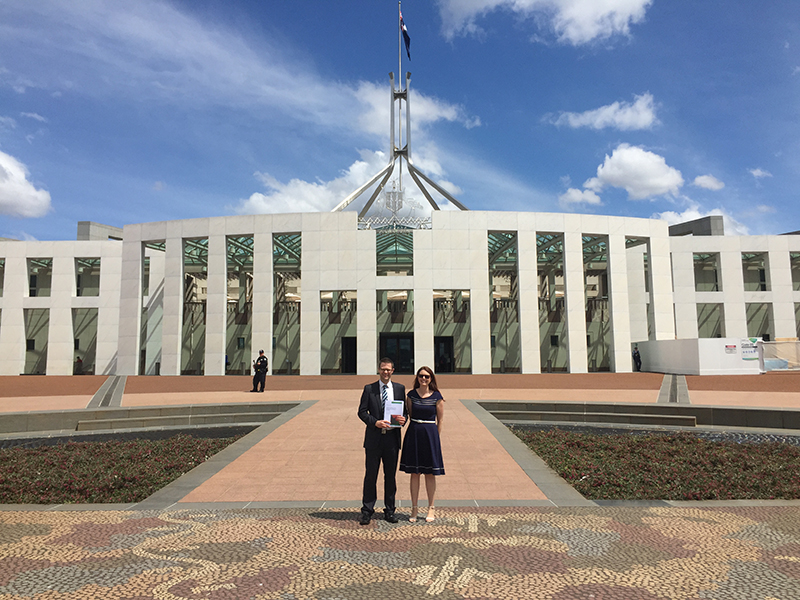
News & Events
Launch of National Autism GuidelineResearchers from The Kids Research Institute Australia, working with the Autism CRC, have led the development of the National Guideline for the Assessment and Diagnosis of Autism Spectrum Disorder in Australia which was launched today.
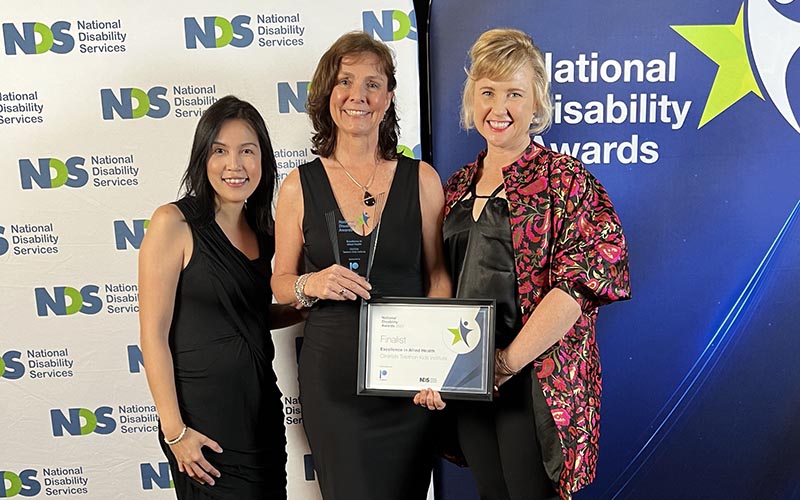
News & Events
The Kids Research Institute Australia’s CliniKids wins national disability awardCliniKids has won the Excellence in Allied Health category at the inaugural National Disability Awards, announced in Melbourne tonight.
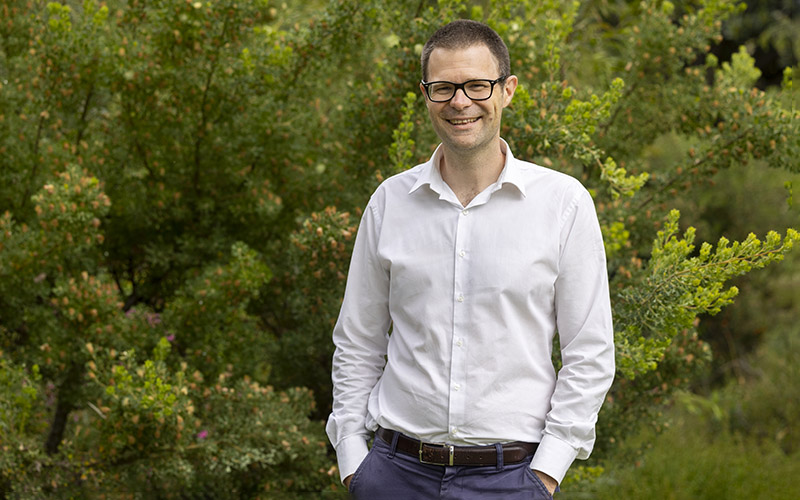
News & Events
Autism Researcher a Finalist for Western Australian of the YearProfessor Andrew Whitehouse has been named a finalist in the 2023 Western Australian of the Year Awards for his work in transforming clinical support for autistic children in Australia.
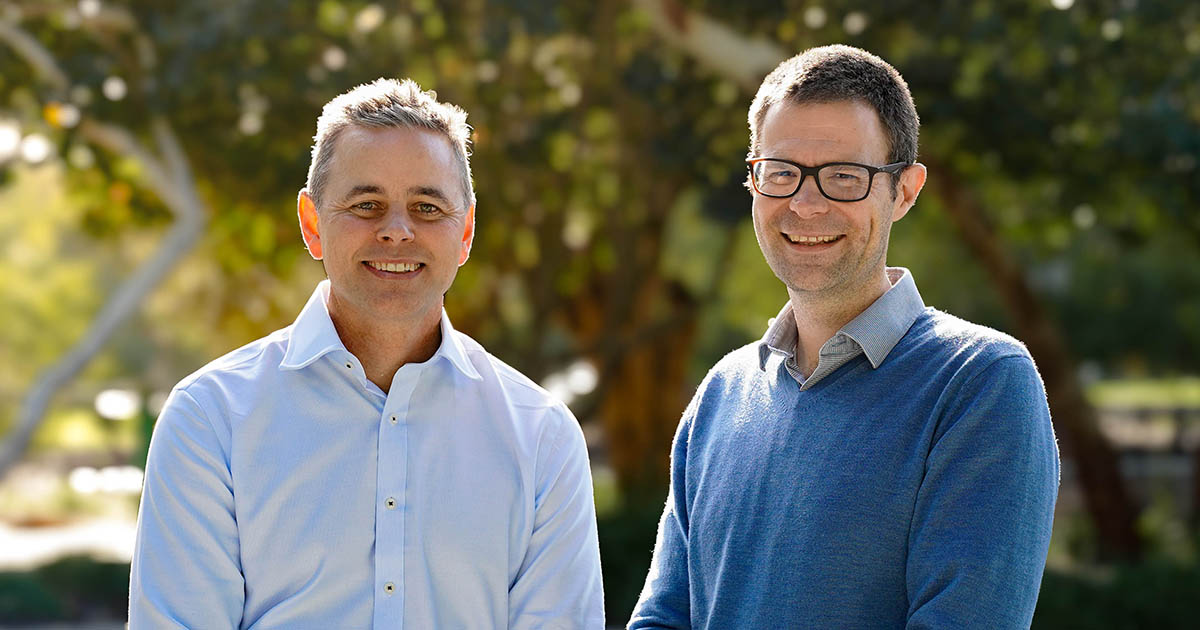
News & Events
Researchers at The Kids push back against claims linking paracetamol to autismResearchers at The Kids Research Institute Australia have pushed back against claims by US President Donald Trump linking paracetamol use during pregnancy to autism.
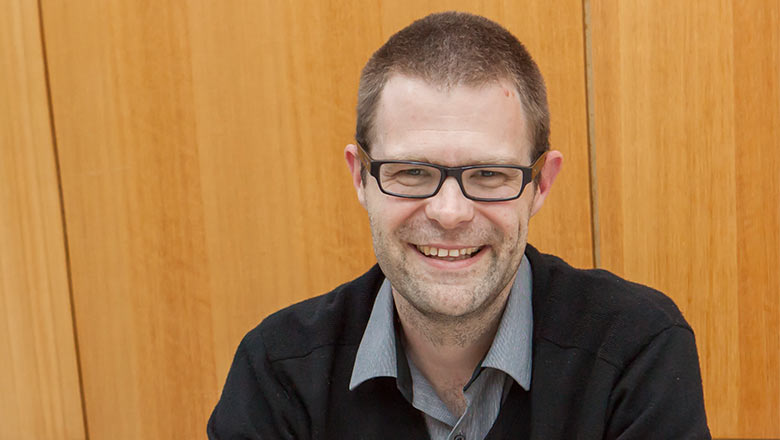
News & Events
Autism researcher named 40 under 40 finalistAndrew Whitehouse has been listed in the WA Business News 40 under 40 awards recognising accomplished and dynamic young leaders in Western Australia.
Research
Community perspectives on the appropriateness and importance of support goals for young autistic childrenResearchers do not know much about what autistic adults, parents and professionals think about support goals for young autistic children. People's views of support goals might also be influenced by their beliefs about early support more generally. This survey involved 87 autistic adults, 159 parents of autistic children and 80 clinical professionals living in New Zealand and Australia.
